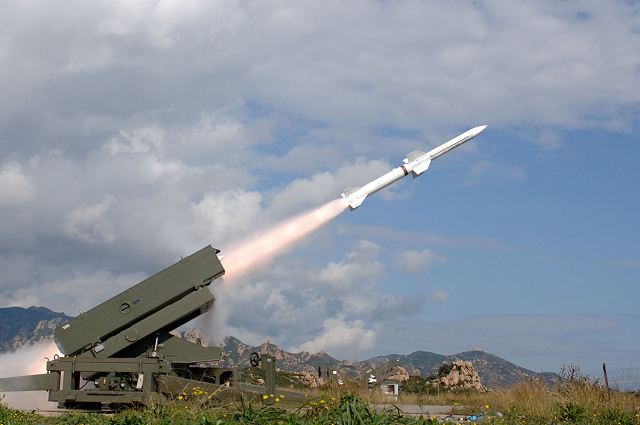Breaking news
Croatia is on negotiations with Norway to purchase NASAMS medium-range air defense system 11201164.
| 2016
|
|
|||
|
Defence & Security News - Croatia
|
|||
|
|
|||
| Croatia is on negotiations with Norway to purchase NASAMS medium-range air defense system. | |||
|
According the Croatian-based magazine Defender, Croatia is in negotiations with Norway to purchase the NASAMS (Norwegian Advanced Surface to Air Missile System) air defense missile systems. Currently, the Croatian Armed forces does not have any air defense systems.
|
|||
|
|
|||
 NASAMS (Norwegian Advanced Surface to Air Missile System) during firing test. NASAMS (Norwegian Advanced Surface to Air Missile System) during firing test. |
|||
|
|
|||
|
Currently, Croatian army is only equipped with Soviet-made MANPADS (Man-portable air-defense systems) 9K38 Igla and 9K32 Strela-2M and Strijela-10CROA1 (Croatian army's only SAM systems) having a maximum range of 7 km. It is a domestically produced version of the Russian-made 9K35 Strela-10 system incorporating some improvements.
Under a modernization program, the Croatian Army is set to revive its capability of hitting targets beyond the 10 km range. Lithuania is also on negotiations for the acquisition of the NASAMS-2 (National Advanced Surface-to-Air Missile System), jointly developed by Norway’s Kongsberg Defense & Aerospace Company and America’s Raytheon. The NASAMS (Norwegian Advanced Surface to Air Missile System) is a medium to long range surface-to-air defence missile system. NASAMS uses the Raytheon AMRAAM missile, identical to the AMRAAMs used on fighter aircraft. The NASAMS air defence system features network centric, open architecture that provides increased survivability against electronic countermeasures. The missile system can engage 72 targets simultaneously in active and passive modes. The primary missile of the system is AIM-120 AMRAAM. It has a maximum range of 33 km and a maximum altitude of 15,000 m. The NASAMS is in service with the Norwegian Air Force. Also, Spain has upgraded its NASAMS II system which was delivered in 2004. Greece, Turkey and the USA also purchased NASAMS in order to protect their land infrastructure. |
|||






















